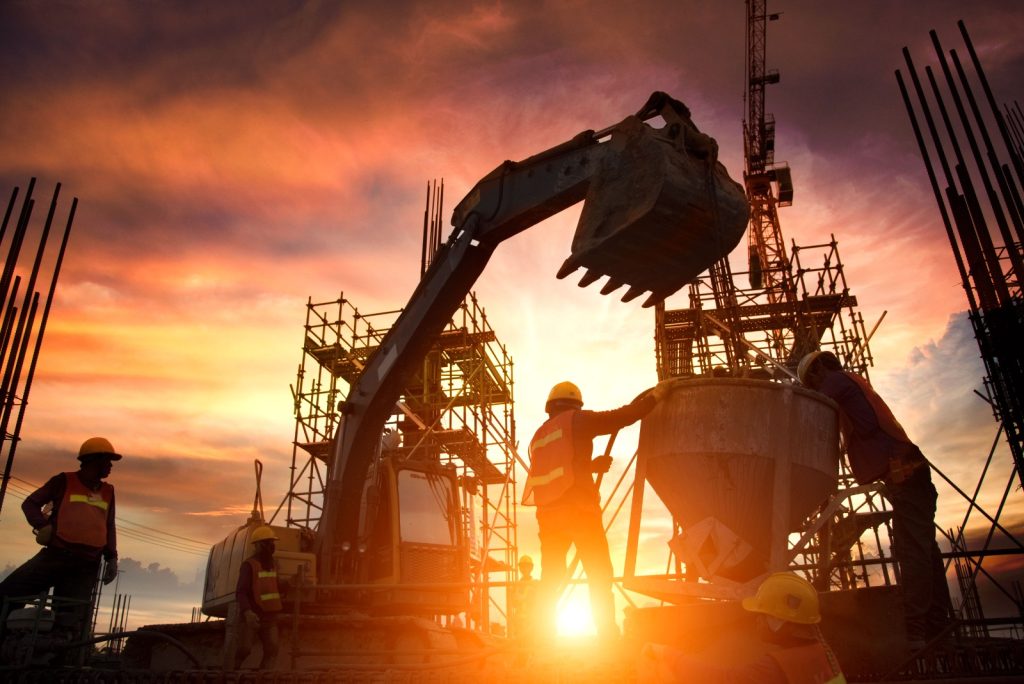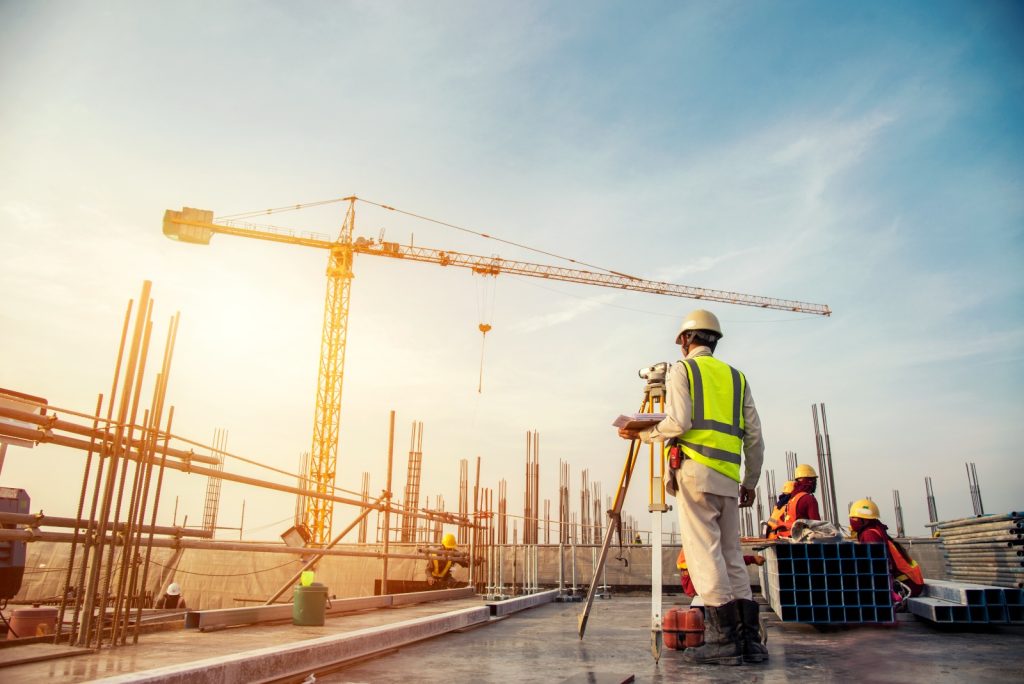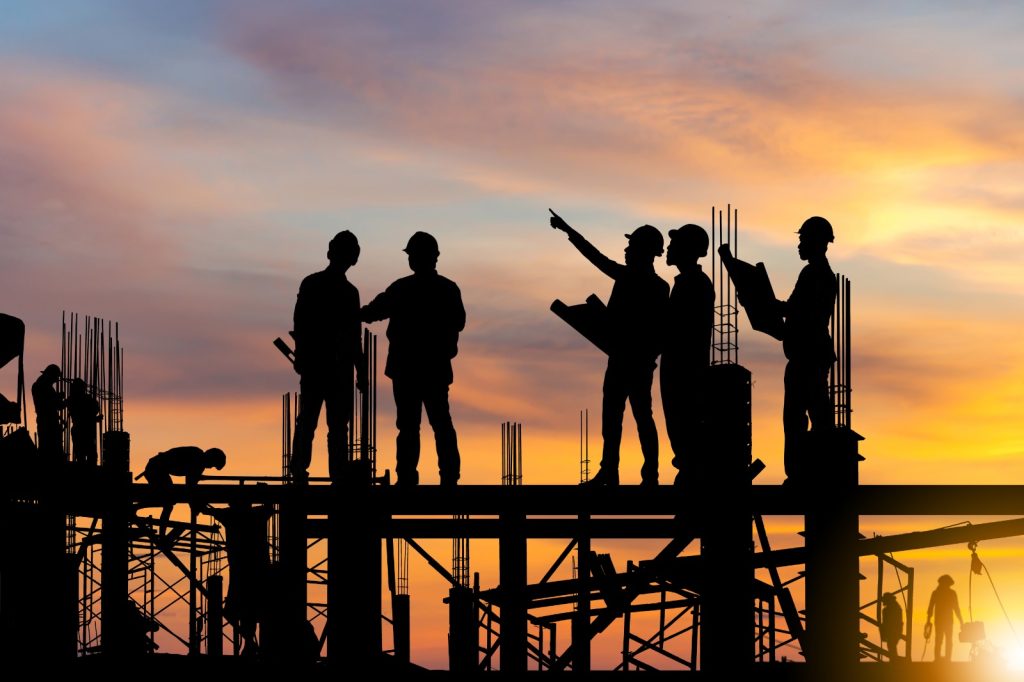Patricia Yammine, Strategy and Business Performance Director for the Middle East & South Asia at Egis discusses challenges, climate emergency, digital transformation and more…
Construction plays a significant role in the global economy and is in no small measure also affected by the large-scale trends shaping our world. Past and present construction has always been closely linked to the development of humankind and its environment. Construction is evolving, influenced by materials, resources available, technologies developed, and the challenges facing people and society. Industry players have no choice but to keep up with the pace, and they are all striving today to bring their best solutions to these significant trends.
Climate emergency tops the list of challenges. Given demographic forecasts, the situation is unlikely to improve for a while. Hence, the construction industry is heavily involved in the growing need for adaptation and mitigation measures. We are witnessing a rise in the need for infrastructure and services that deal with disaster management. One example would include large infrastructures such as seawalls and dikes, or the development of centralized control rooms with hypervisors such as ‘Vigie Risk,’ a flood risk monitoring hypervisor developed by Egis.

In addition to adaptation, several mitigation initiatives have been undertaken in the construction sector to prevent and reduce emissions. Eco-design is one such initiative that considers environmental factors throughout the process. Among others, it favours the use of recycled, natural, and raw materials such as wood for their sustainable and mechanical properties. Another example would be adopting circular economy solutions such as ‘Cycle-Up,’ a digital platform for reusing construction materials developed by Egis with industry partners. Climate change mitigation measures have also driven the need for new mobility services and technologies such as access control services, urban air mobility and electric vehicles, all of which require new types of infrastructure.
Another impact of climate change on construction is the increased threat to health and safety. There is growing evidence that climate change is affecting air quality, extreme weather conditions, solar radiation, and vector-borne diseases – all of which can cause injury, illness, and mental health problems.

Digital innovation and technological progress are among the main factors influencing the construction industry. They offer numerous opportunities to improve quality, increase efficiency, and reduce risk and costs. A few examples that have already been adopted but will continue to develop are BIM and 3D printing, as well as other modern construction methods (MMC). Generative AI-based solutions are another example, whose range of possibilities is wide open. They are used for modularization, controls and inspections, improved deliveries, and more. Increasing digitization also naturally drives up demand for telecoms, energy infrastructure, and data centres. Alongside the potential of this trend, there are increasingly threatening risks, such as cybersecurity, against which companies are bracing for.

In addition, the race to attract visitors continues to influence investments in sectors like hospitality, culture, heritage, and international venues, including sports competitions. Efforts to boost this sector in the Middle East have paid off, as the region was almost the only one to exceed its 2019 level of inbound visitors in 2023, which rose by 22%. The Al Seef heritage site in the United Arab Emirates, AlUla and Diriyah Gate in Saudi Arabia, and Souk Al-Mubarakiya in Kuwait are just a few examples where the old meets the new not only in design and architecture but also in construction techniques, reflecting the particularities of each country.
To address these challenges, the bill is hefty, prompting the need for greater cooperation among funds, banks, international financial institutions, governments, contractors, and other investors – both local and international. Financing models are getting more complex, requiring creativity and resources. After all, financing will be the toughest nut to crack in all this because, as the old saying goes, resources are scarce while needs are endless.




